A methodological zoo
Below are animals chosen by our participants in our recent pilot work - all of which have been illustrated by Leyla Reynolds.
Read more about the project here.
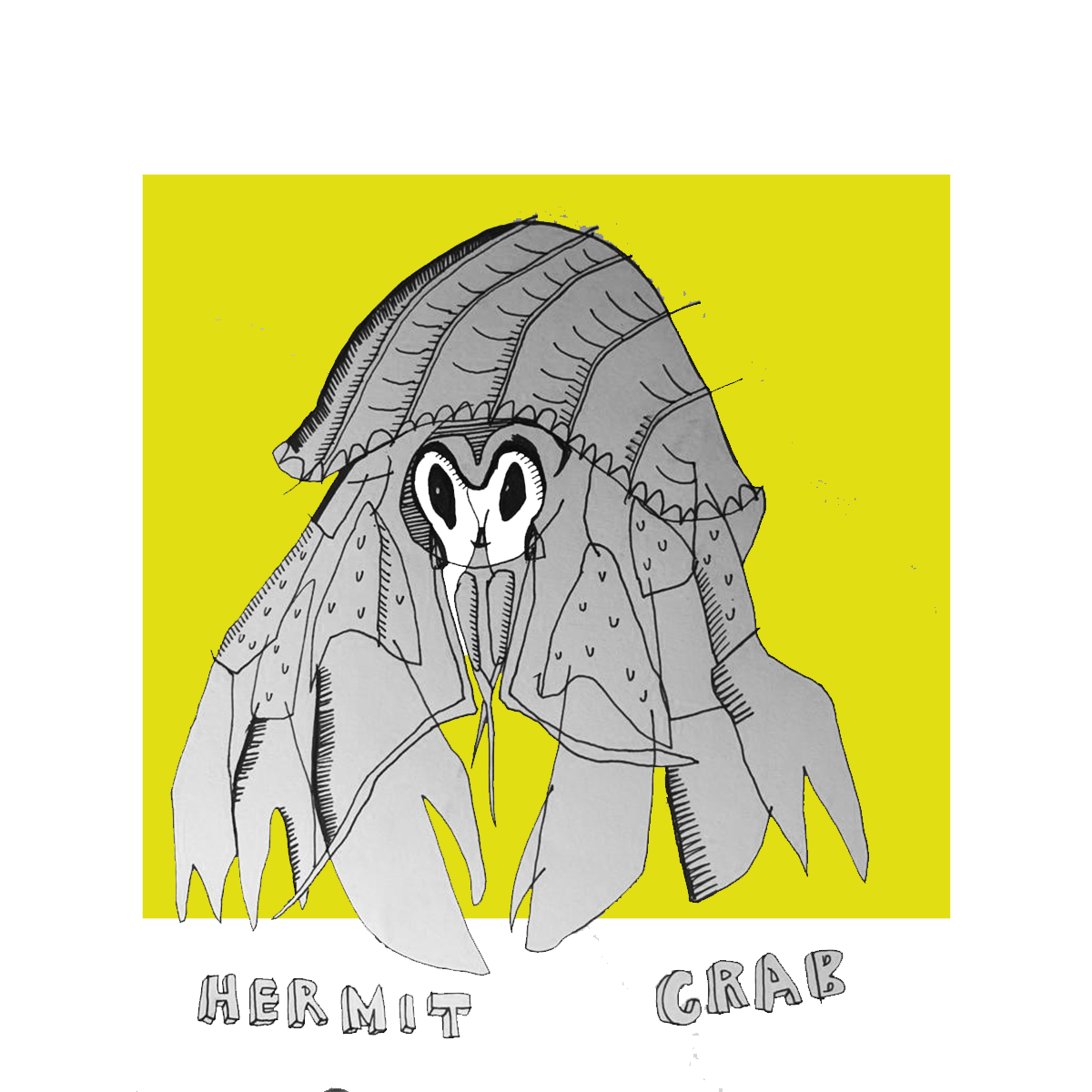
Dr Mwenza Blell, NUAcT fellow, Geography, Politics and Society
As an ethnographer, my research methods are similar to the behaviour of a hermit crab. They pick up disused shells and live in them for a time. My ethnographic fieldwork is immersive but not permanent, by inhabiting something new and different I get new embodied experiences. By the time I leave each shell, I’ve grown. Hermit crabs have complex, positive relationships with the lifeforms around them, sometimes other creatures live on top of their shells. These kinds of close, mutual, non-parasitic relationships are what I aim to create. Hermit crabs have a way of living in solidarity, scuttling around with other life forms (not hermits at all), which shows what I’m trying to do. Whereas some traditional views of ethnography mandate returning to the same places and relationships, the example of the hermit crab helps me make visible that I’m always changing, outgrowing, and finding new shells.
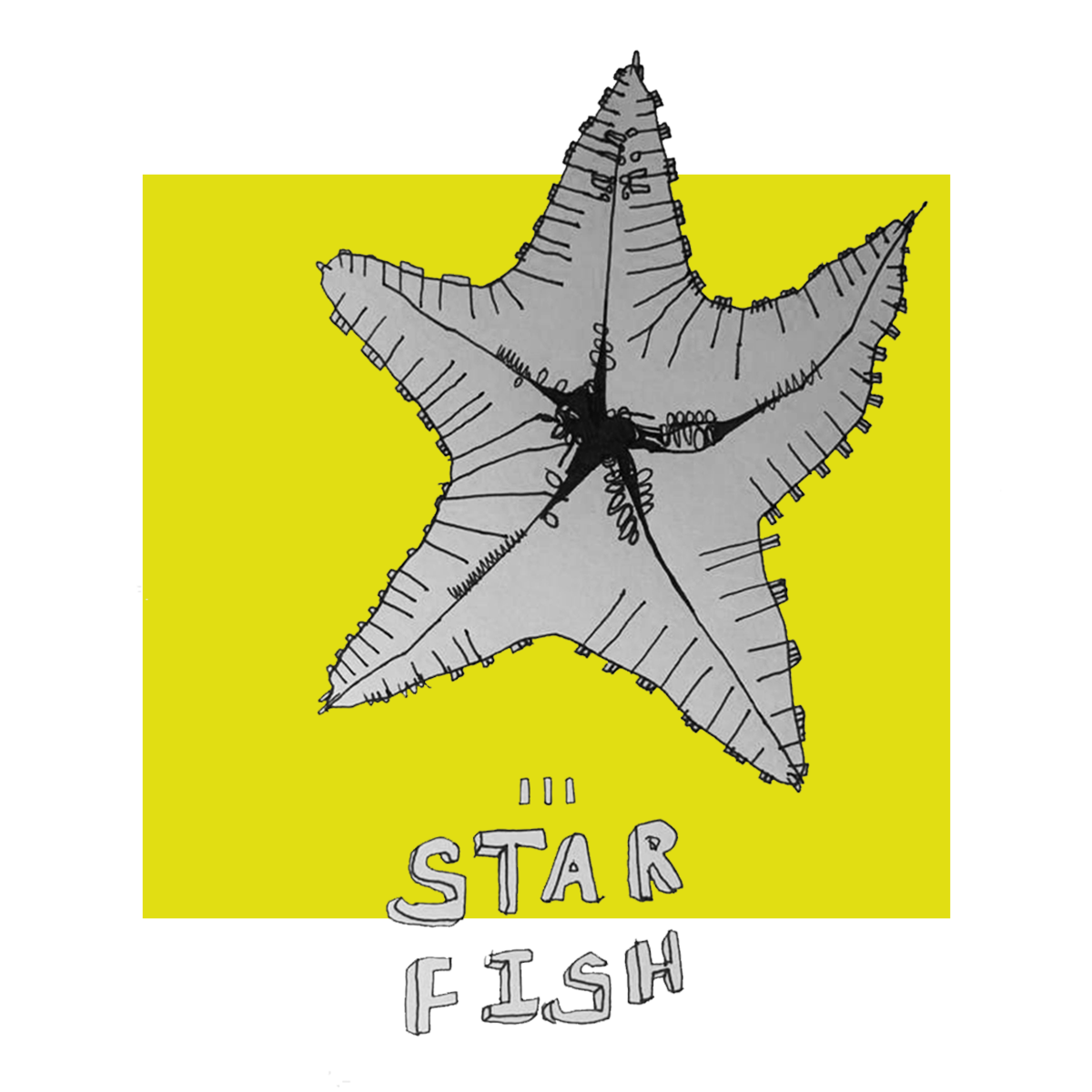
Chang Liu, PhD student in the School of Education, Communication, and Language Sciences
My research aims to explore an application of Six Thinking Hats as an innovative pedagogy to provide a dialogic space for English Foreign Language (EFL) learners to experience and collaboratively generate ideas systematically from multiple perspectives at planning stage. I chose the starfish to capture the flexibility and transparency of my research process.
First, starfish can have five arms and they can have thirty arms. There are different types of starfish, and there are many shapes and sizes. This can be linked to the flexibility of the use of data collection tools in my research. Using multiple methods in researching EFL learners’ experiences in applying the Six Thinking Hats can be a valuable approach that provide complementary insights and understandings that may be difficult to access through reliance on a single method of data collection. In addition, rays come out from a center circle of the starfish. The core in the starfish can be linked to the main research question. This links to triangulation in my research – multiple data collected from different research tools are used to answer the main research question.
Furthermore, the visible externalised organs of the starfish are spread out, which mirrors the way my research process tries to be transparent. This can be linked to the contribution my research makes – which is to make the hidden visible. To be more specific, I use multiple methods with different data collection tools including visual and transcript data of group discussion collected from different weeks throughout the teaching intervention. These visualise the process of learning and how ideas are generated in action.
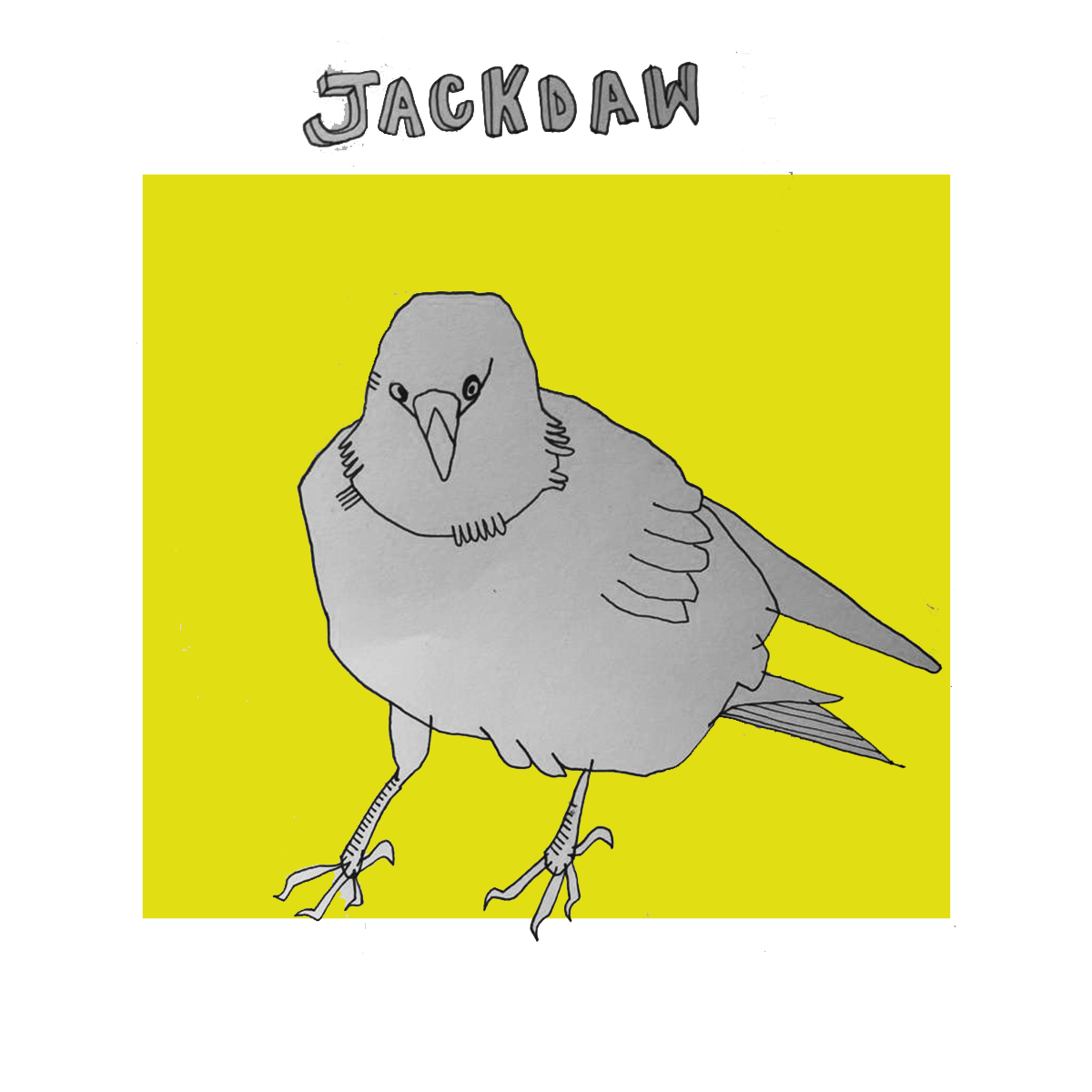
Professor Richard Clay, Head of School X.
I have been making and presenting films for the last seven years, and that comes with a distinct set of methods. I’ll be doing some writing next. My plan is to write about contested meaning-making and marking in public and shared spaces. Some people call this iconoclasm - others call it vandalism, but I disagree with that term. In general, I pick out methods that help me to frame questions, and that help me to think more methodically about how I answer those questions.
I have concluded that I’m a jackdaw – I pick and steal from other people’s nests in order to decorate my own. Nobody really understands why jackdaws steal. I’m sure the jackdaws do though, and they can probably explain it to one another. I like to think I could explain to other creatures that share my vocabulary why I’ve chosen to do what I do.
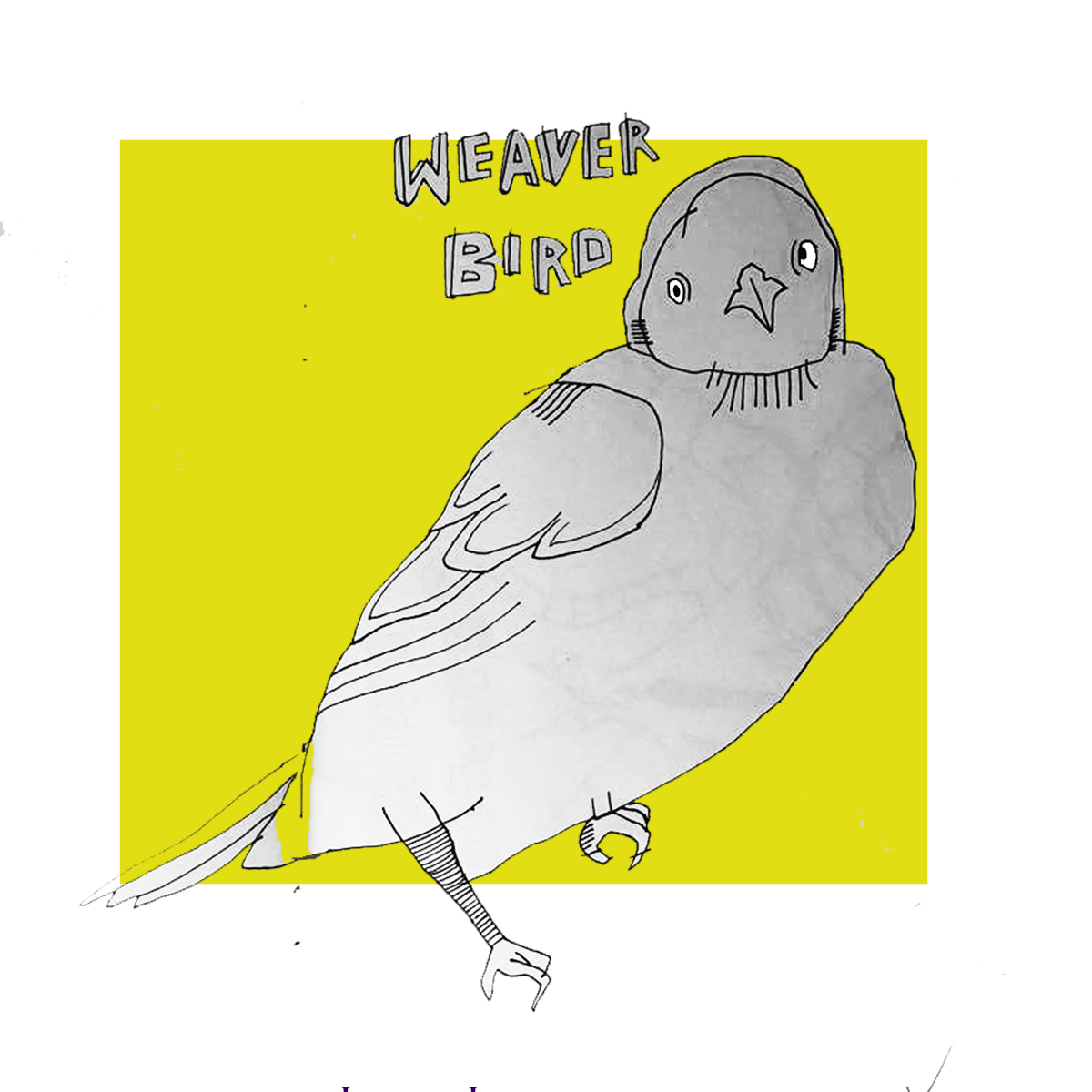
Dr Deborah Ralls, Lecturer in Education
I’m particularly drawn to the work of the Sociable Weaver bird, which comes from the savannahs of Southern Africa. These birds work together for the public good, building huge nests that house whole colonies of birds under a communal thatch.
For me, their messy but complex work is a fantastic example of the type of collaborative creative endeavour that I try to achieve through my research methods. It isn’t a straightforward process, but building something with participants is exciting, waiting to see what will emerge. The participants are like the social weaver birds – decision-makers, agents of change and social activists, creating research that can help build better, more inclusive places to benefit us all.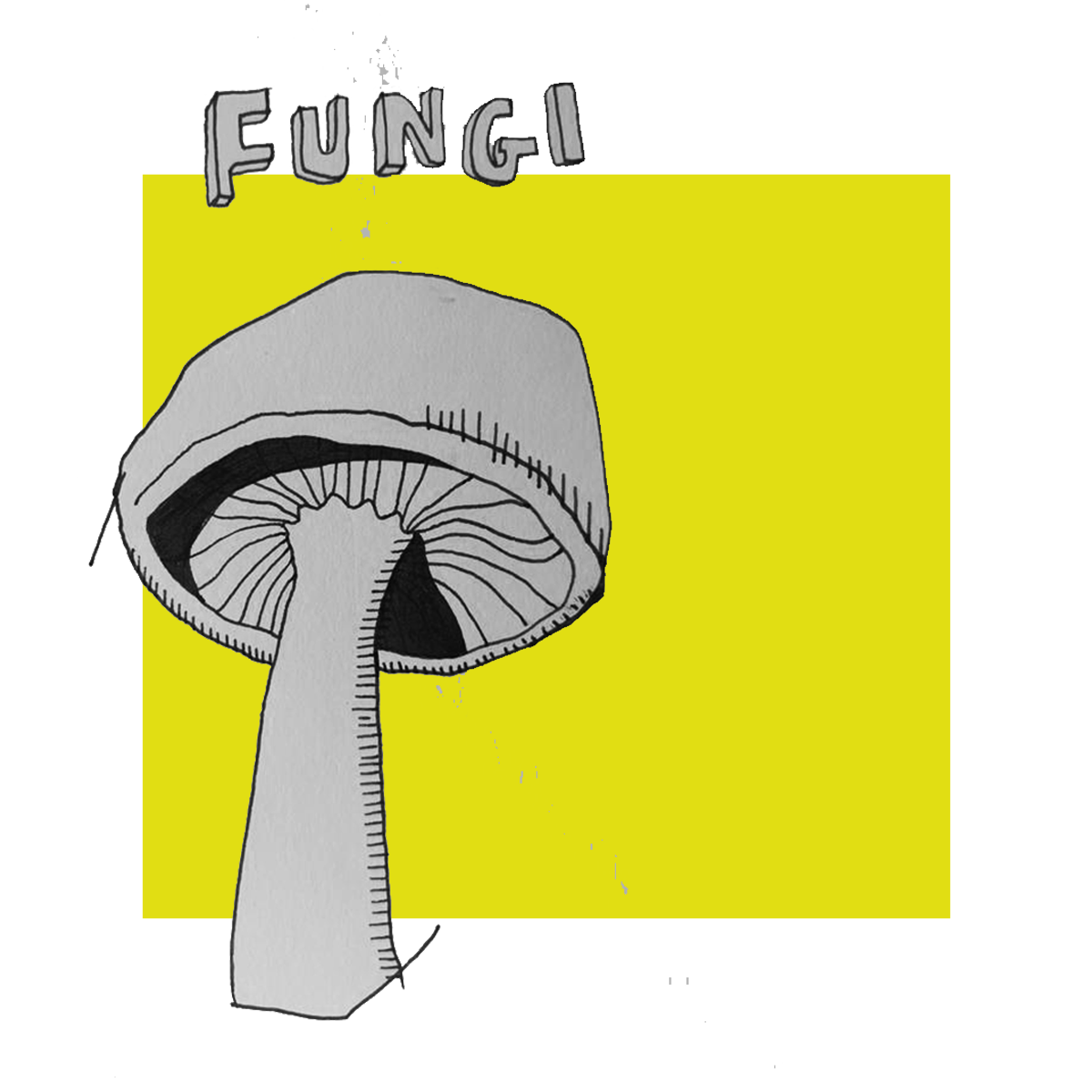
Professor Natasha Mauthner, Director of the Methods Hub
I chose fungi and fungal networks as the organism to ‘think with’ about the genealogical method I use in my research. I try to understand how the ‘things’ I study have come into being – how social, cultural, political, legal, technical, scientific and other processes have constituted my objects of study. Making my way through these tangled webs, which takes me into wide-ranging disciplines, feels like what fungi do when they make underground networks. A genealogical method helps us see, question, and potentially shift the taken for granted assumptions that underpin how our world, and our understandings of it, are organised. Fungi similarly show us that the world isn’t what it seems, or what we have assumed it to be. For a start, it’s hard to pin down what fungi are. They are elusive and don’t fit neatly into our classification systems. Neither plant, nor animal, fungi are not things but processes: active networks that forge relationships. They teach us that the world is made of relations, not individual entities, and cause us to rethink notions of identity and independence. I also think the way fungi go about making the enmeshed worlds they inhabit instructive and inspiring for thinking about how, through our theories and methods, we participate in making the worlds that we live in and study.
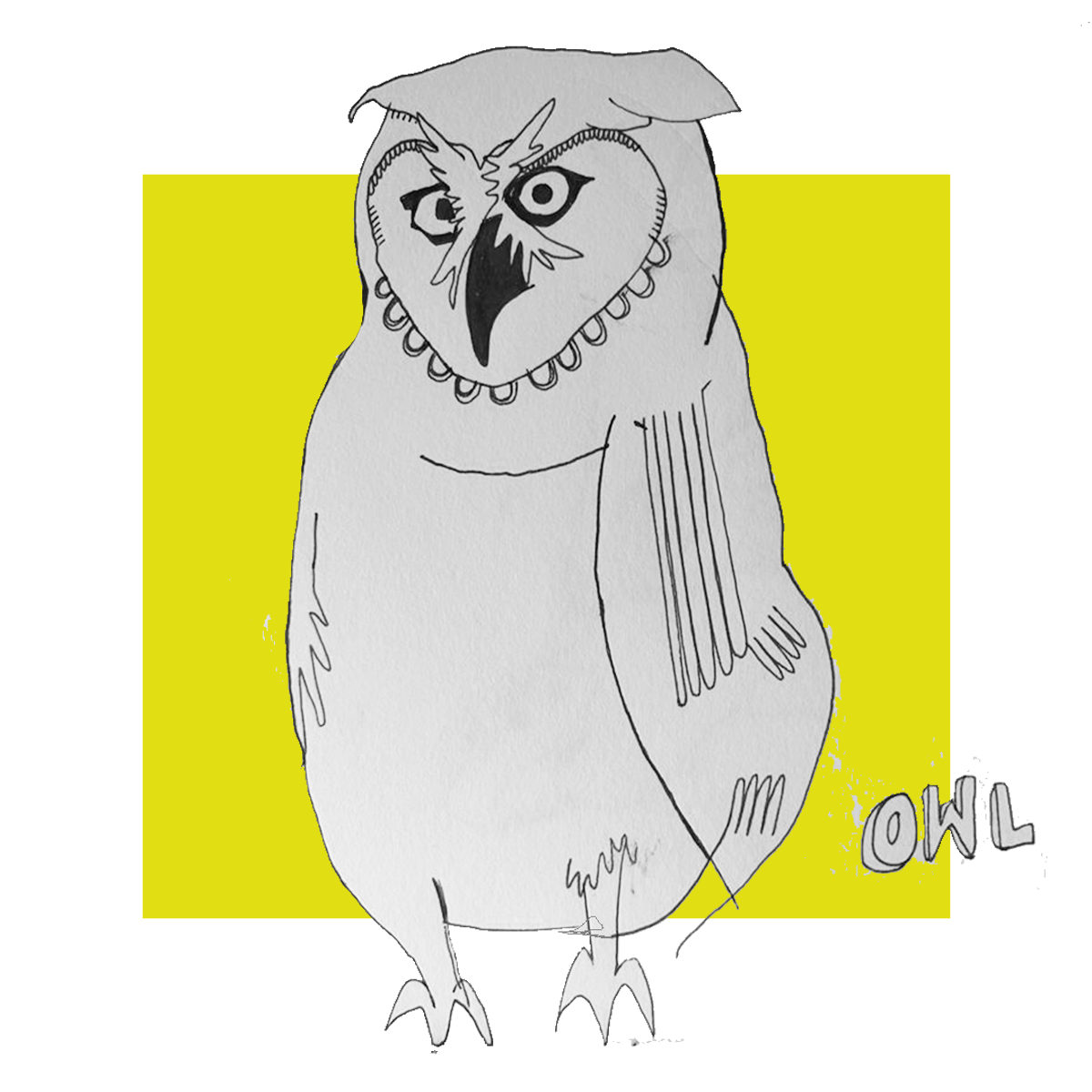
Dr Orla Murray, Lecturer in Sociology (Durham University)
The owl represents my use of Institutional Ethnography in my PhD to analyse how academics negotiate UK university audit processes. Institutional Ethnography is a feminist approach to research that focuses on how texts and language organise the social, often from a particular standpoint. I choose the owl because it is often used to portray scholarly characters, such as academics, and I had heard that they could turn their heads the whole way around – a good metaphor for the supposedly all-seeing scholar. When I checked this ‘fact’ online, it was slightly inaccurate; apparently owls can only turn their heads 270 degrees. This mythologised owl fact made me think about two key feminist epistemological points from my thesis: the importance of checking your ‘facts’, asking “how do you know what you know?”; and, the important of acknowledging the situatedness and limitations of knowledge production.
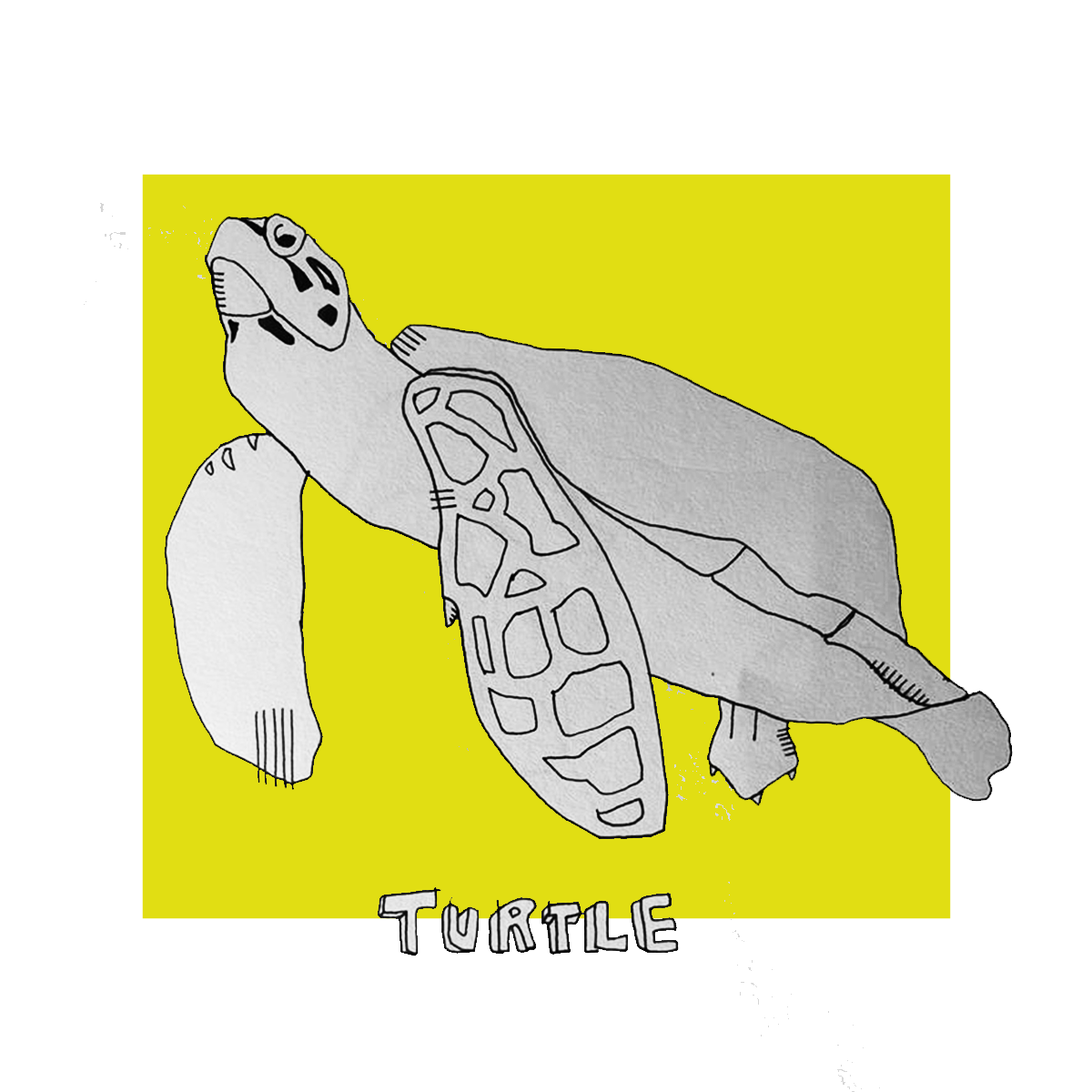
Dr Philippa Page, Senior Lecturer in Hispanic Studies, and Co-Director Humanities Research Institute
As an extended metaphor for both the challenges and possibilities of navigating interdisciplinary research, I find the sea turtle’s movements evocative. A rather lumbering walker when moving across land and a more fluid and graceful swimmer through the water, turtles do not always move with the same speed and agility on different terrains. The fluidity of water as a habitat also offers a thought-provoking metaphor for an interdisciplinary field. Turtles can swim at depth; they can also navigate the changing currents.
Furthermore, the liquid properties of water and the vast expanse of the ocean enable both horizontal and vertical axes to be explored simultaneously – they might be considered as two intersecting ways of working ‘in depth’. Studies that have tracked the movements of turtles demonstrate that they can cover vast distances during their seasonal migration, often taking digressive routes. Finally, I also like the idea of having a shell as a thinking space into which I can retreat.
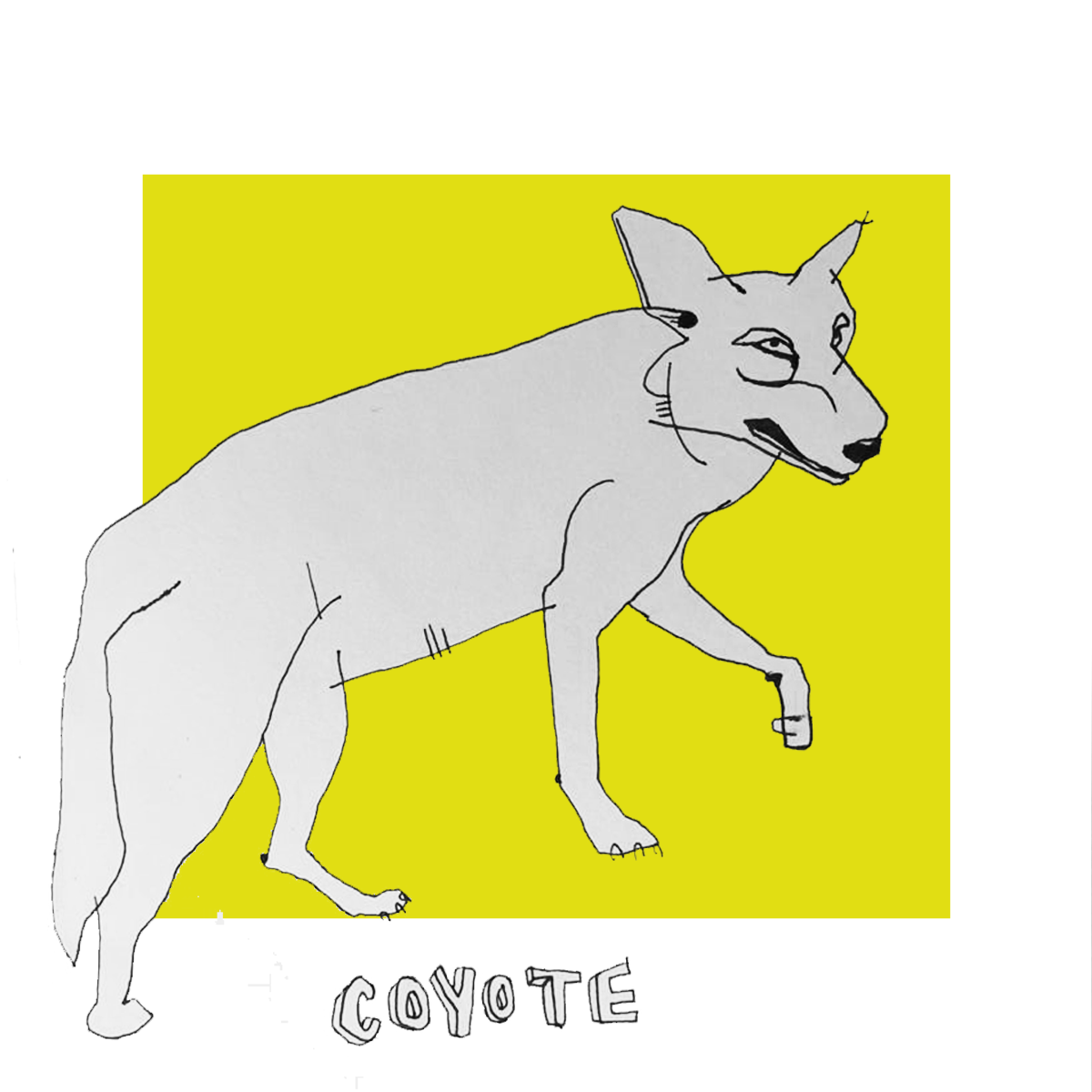
George Kiley, PhD student in Newcastle University Business School
I'm doing multi-level mixed methods research. My thesis is about connecting sustainable performance and profit within lead professional service firms. This means rethinking what long-term success means, and how it affects our employees and their immediate families and communities.
I've been outside of academia for ten years running a social enterprise. My motivation for doing a PhD is to create academic research that has practical application in corporate settings. I think a lot of research stems from that impulse but at the same time, the gap between academic research and practice can be quite big. I believe that creating research that speaks to audiences is fundamental to the work that I'm doing. I also believe that interdisciplinary should include industry.
I chose the coyote specifically because they are known for their adaptability, and thus thrive in various environments. My thesis’s inter-disciplinarity requires an adaptable methodology that satisfies hard sociologists as well as psychologists (if possible). So, my methods had to be both academically sound and practical - and possess a coyote-like adaptability to academia and business.
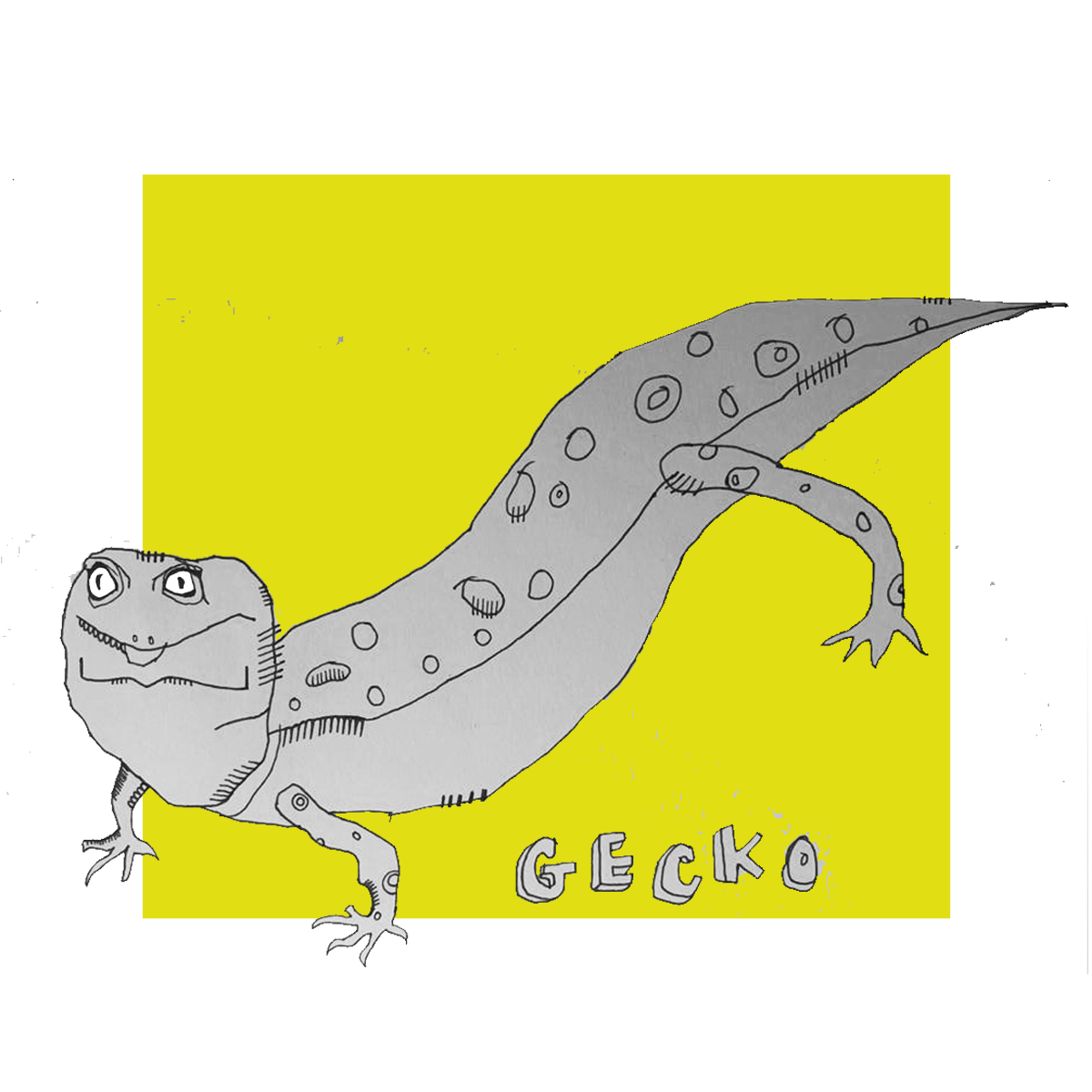
Dr Eman Zied, Postgraduate Research Associate in Population Health Sciences
This animal has the ability to straddle multiple branches using their sticky toes, analogous to a researcher linking between different types of methods and using whatever fits from their methodological toolbox to answer their research questions. Geckos exist on every continent, like how mixed methods researchers exist in every discipline and sometimes in no discipline at all. A gecko can lose its tail and grow it back, like a researcher trying a different method and it not working but trying again regardless. The fear here is that the gecko might fall if it over-reaches, or might not be able to reach the next branch, much like a researcher without the confines of a specific discipline.
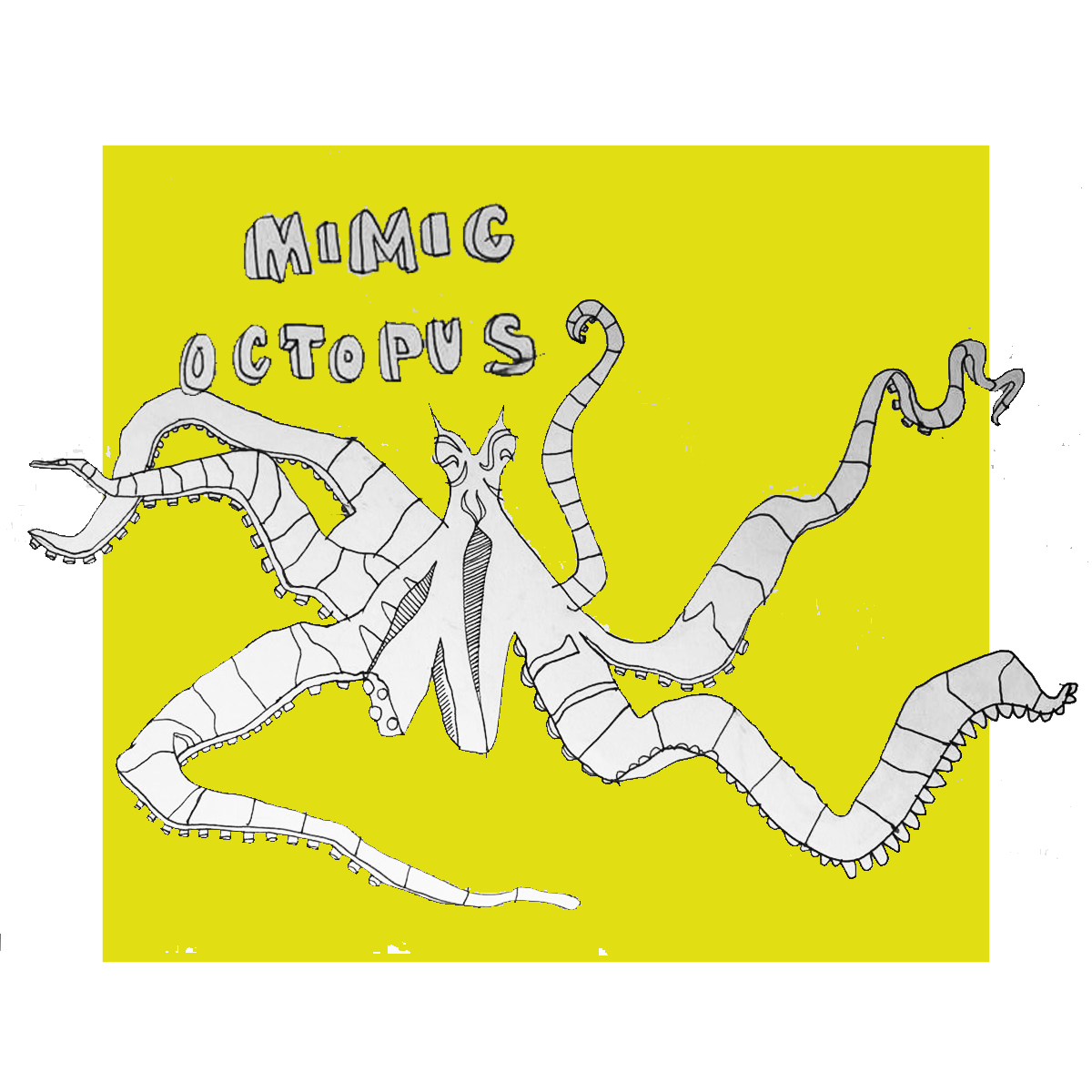
Jess Adams, Research Assistant, Methods Hub, mimic octopus
I chose a mimic octopus to reflect the militant research methodology I am using in PhD research. Some argue that militant research is more of an ethos than a methodology. Its only ‘rule’ is that you try to use your research to directly further a political cause. Beyond that, there is no set path, and you have to adapt as you go.
Militant research fits well with the combative and shapeshifting mimic octopus – they disguise themselves or scare off prey by mimicking a flounder, a sea snake, a lionfish. But they are still an octopus at the end of the day: unlike, say, a butterfly, they don’t completely change form. The mimic octopus is a good reminder that militant research is still a research methodology, even if it is a ‘militant’, shapeshifting, combative version.










